The pure sine wave inverter is good, sleepy with less harmonic components and higher power factor.
Pure sine wave inverter
Continuous output power: 1000W
Peak output power: 2000W
DC input: 12V
AC input voltage: 100-120V/60Hzor220V-240V/60Hz
The main advantage:The output waveform is pure sine wave. Compared with the modified sine wave, this waveform is stable, not distorted, not easy to be deformed, and has strong loading capacity, which is close to the power supply capability of the mains.
With inductive loads such as microwave ovens and motors, it makes the load work faster and reduces the noise generated by the device. Provide continuous and stable AC power to ensure that the equipment continues to work normally.
What is the difference between a pure sine wave and a modified sine wave inverter?The ability of a pure sine wave is called a sine wave, and the so-called modified sine wave is closer to a square wave. A pure sine wave inverter can drive any common equipment that can be connected to the mains, and the modified sine wave has many restrictions on the load. For example, a load with a resistance type (incandescent lamp, electric furnace (except the induction cooker)) is no problem. However, capacitive loads (such as charged LED flashlights) will have an inrush current at the edge of the pulse, causing the capacitive load to be easily damaged when the sine wave is supplied, and the inductive load (using the electric motor) will also be abnormal.
I have done a special test before. The image of the oscilloscope in the photo below is the output waveform of the inverter. Due to the high output voltage, the resistor has been used for 100:1 voltage division on the oscilloscope probe.
In the picture below, this is the output waveform of a pure sine wave inverter:
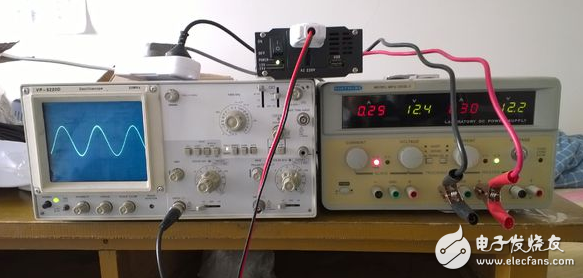
The oscilloscope image in the image below is the so-called "corrected sine wave" that corrects the output of the sine wave inverter:
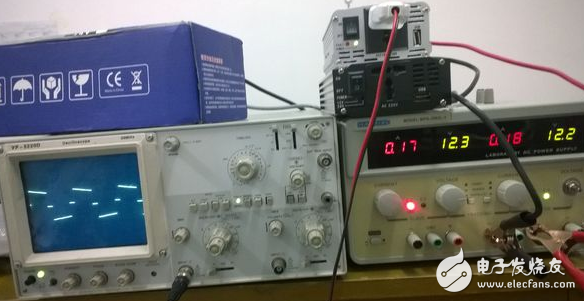
1. Siemens: one of the world's largest electromechanical/electrical engineering and electronics companies, the world's top 500 companies;

2, Simon Simon: high-tech enterprises, with nearly 100 domestic product patents, its products sell well at home and abroad;
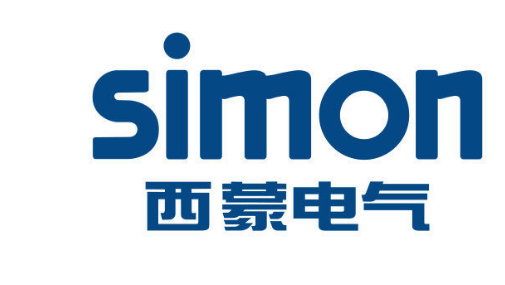
3, Legrand-TCL: the leading brand in the electrical industry, the top ten brands, TCL-Rogrange International Electric;
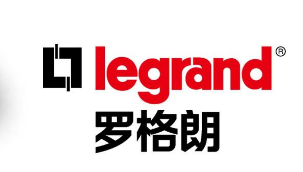
4, Clipsal Clipsal: the world's famous brand, one of the largest electrical products brands in Asia;
5, Panasonic Panasonic: the world's top 500 companies, world brands, large multinational companies, one of the world's largest electronics manufacturers;

6. Schneider: Global energy efficiency management specialist specializing in power and automation management;
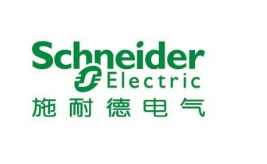
7. Chint CHINT: China's largest manufacturer of low-voltage electrical appliances, China's well-known trademarks, high-tech enterprises;

8. Langneng LONON: Sino-foreign joint venture Honeywell Langen electrical system, advanced technology;

9, Longsheng switch socket: building decoration materials / bathroom heating equipment comprehensive type, focusing on family use;
10, slmonele: the most powerful integrated product supplier in the domestic electrical and electronic industry, one of the largest electrician manufacturers, China's switch socket top ten electrical appliances;
The following analyzes the causes of ONU energy waste:
1. The interface is idle.
ONU generally includes multiple interfaces. Such as FE interface, GE interface, POTS interface, WIFI and IPlV interface, etc. In many cases, only part of the interface is used, and energy is consumed when the interface is idle.
2. Increased energy consumption caused by chip module design.
In the ONU design, the modules are usually divided by function and integrated on the same chip, controlled by an enable terminal. When power is supplied, the entire module needs to be powered, and the unnecessary functional blocks are also consuming energy.
3. Processing of OLT data.
Due to the broadcast transmission characteristics of the OLT, when the OLT sends broadcast information or sends information to a certain ONU, other ONUs that do not receive the information must also process it, resulting in a waste of resources.
4. Idle monitoring.
For TDM-PON, each ONU can only send upstream data in burst mode in a time slot authorized by the OLT, and the OLT forwards downstream data in the form of broadcast frames, which makes all ONUs always in operation. The ONU does not know when the user or the OLT will send data to itself. The receiving and sending modules always keep monitoring. When a certain ONU has no upstream or downstream data for a long time, the normal operating state will make it consume more energy.
5. Waiting time.
The structure of the PON system determines that the channel capacity should be shared between ONUs in the upstream direction. The PON system needs to adopt a certain arbitration mechanism to avoid conflicts. Each ONU is allocated a time slot, and frames received from users are buffered first. It can only be sent when it arrives.
Dual Mode Onu,Xpon Onu Router,Xpon Ont 1GE ONU,Dual Mode Xpon Onu
Shenzhen GL-COM Technology CO.,LTD. , https://www.szglcom.com